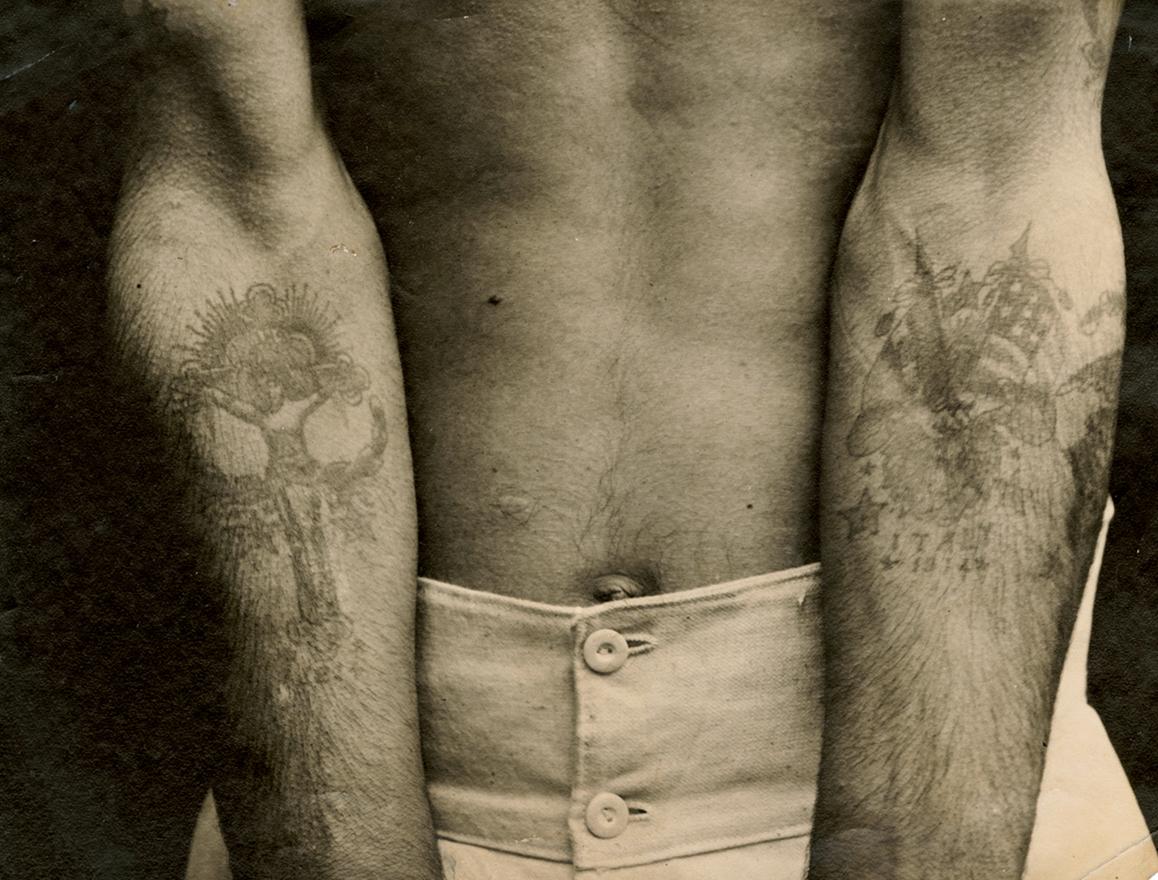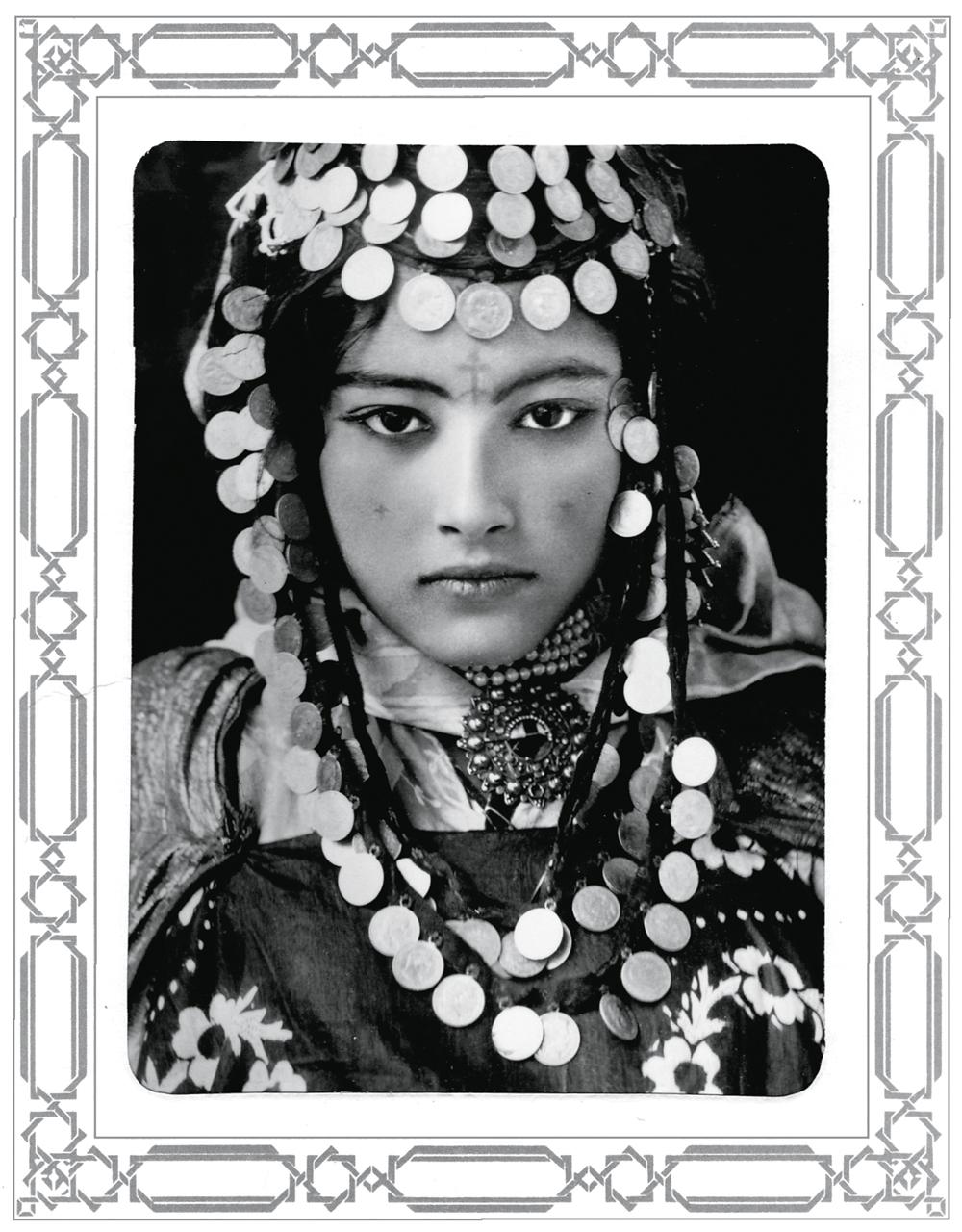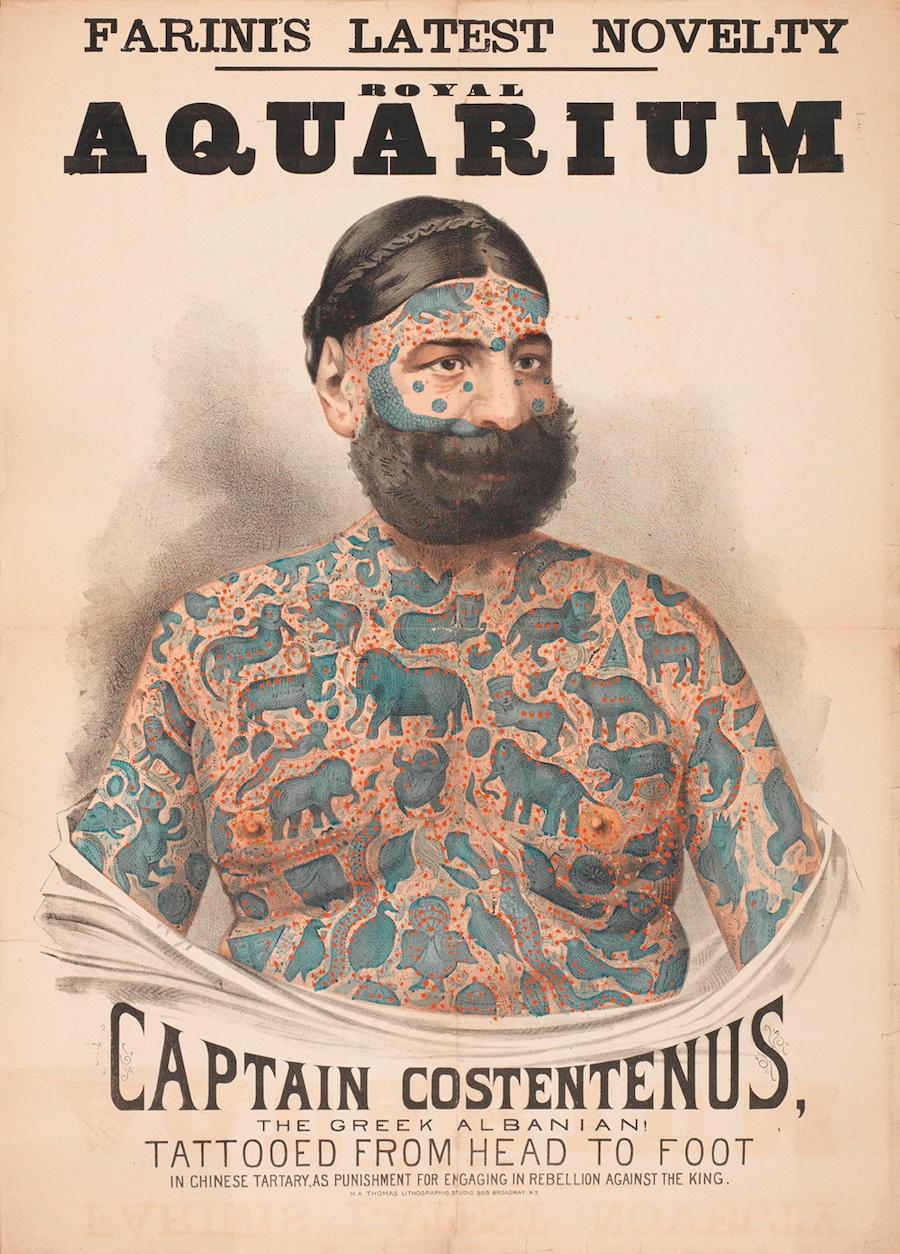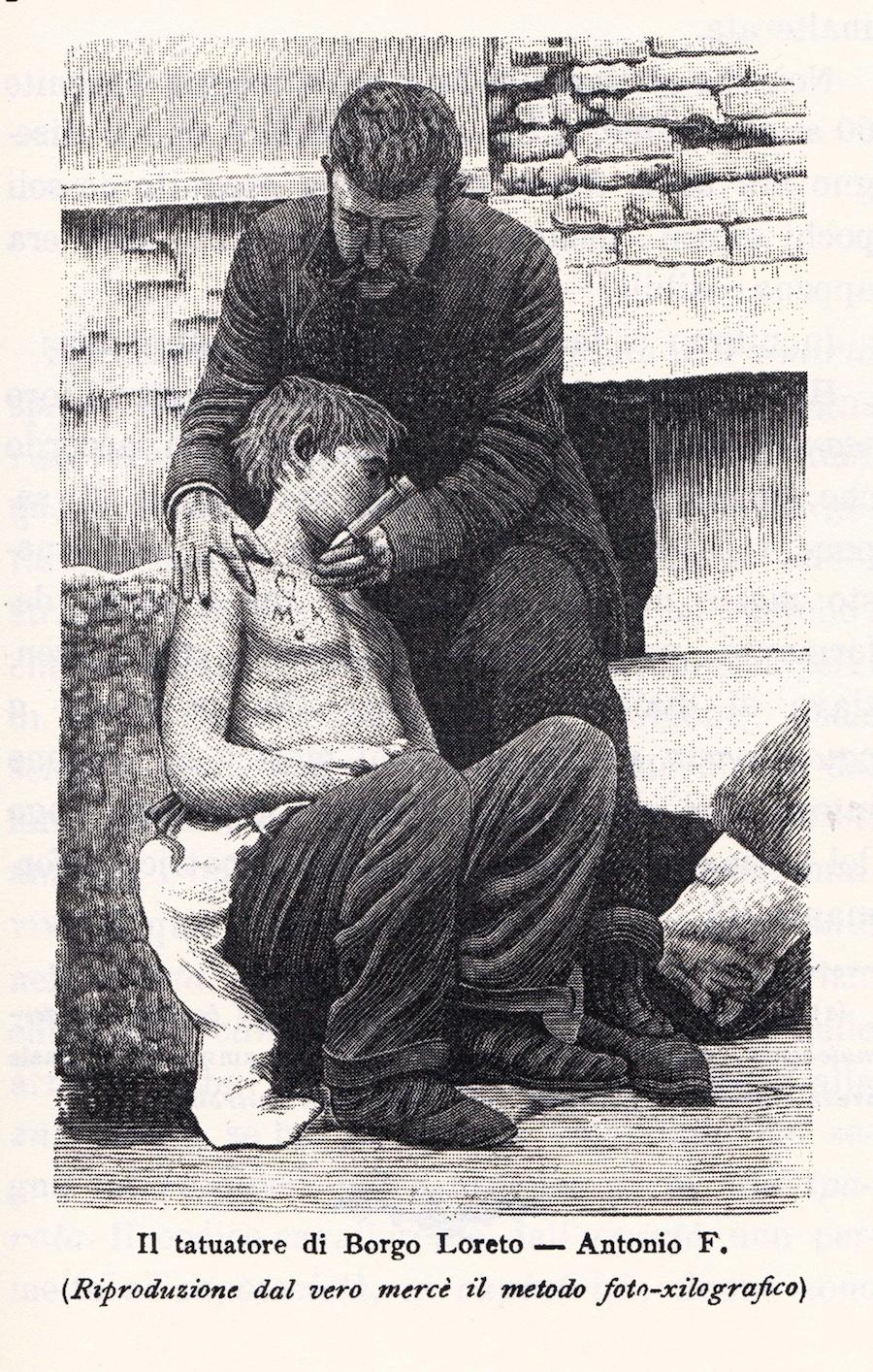It is fascinating seeing that tattoos have always been a global phenomenon, since there is plenty of proof of the tattooing practice in every corner of the world. Different countries and cultures throughout history appeared connected by ink strokes, injected with a variety of instruments and techniques, but follwing a purpose and meaning that has been repeated for millennia.
As one proceeds to the following room, they find a new section mainly dedicated to the medieval crusaders and modern age pilgrims. The centerpiece of this room comprises a display of Renaissance period wooden plates from Loreto (Marche region, Italy), where an important sanctuary arose in the XVI century.
These plates were used by “i marcatori” (“the markers”) to tattoo symbols of their belief on the faithful, a practice that is ideologically frowned upon but still tolerated by the Church.
Another point of interest to see here is the impact tattoos had on explorers and travelers during the Age of Explorations and, later, the prejudices against tattooing. These prejudices spread because of the studies of Marco Ezechia Lombroso— known as Cesare Lombroso— a controversial intellectual who studied the tattoos of prisoners, trying to demonstrate they were connected to an evil, antisocial and violent attitude.
































